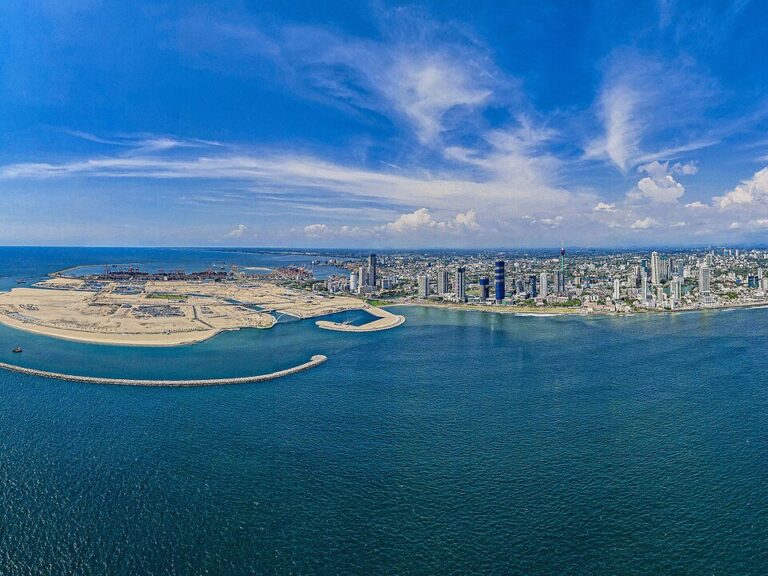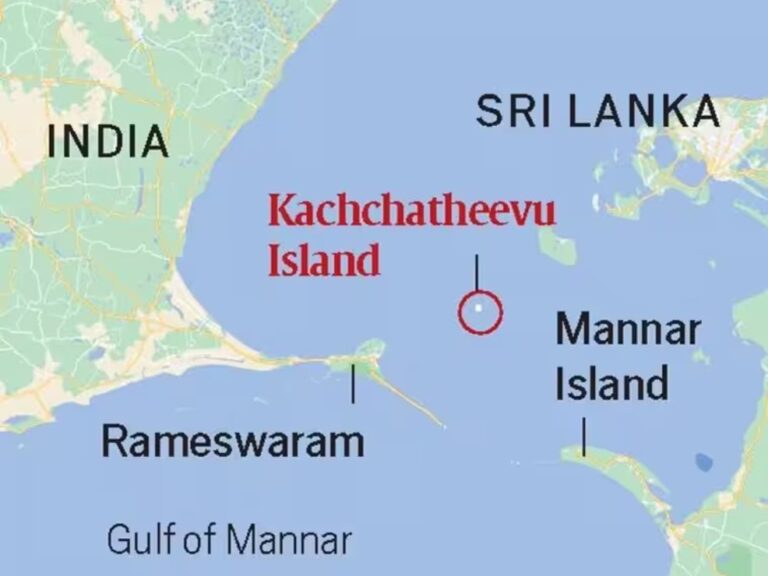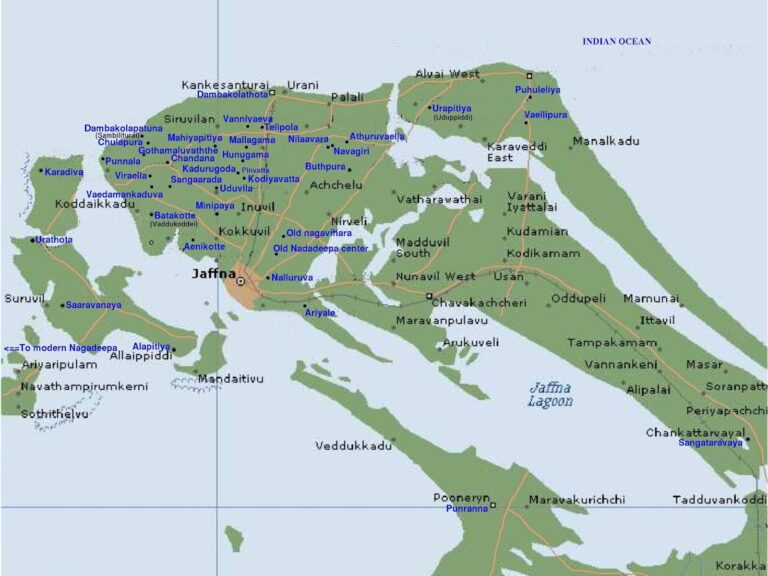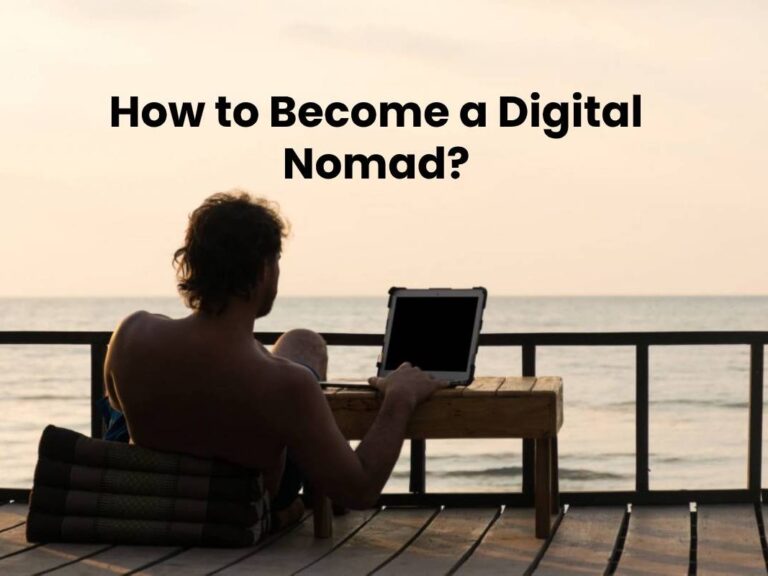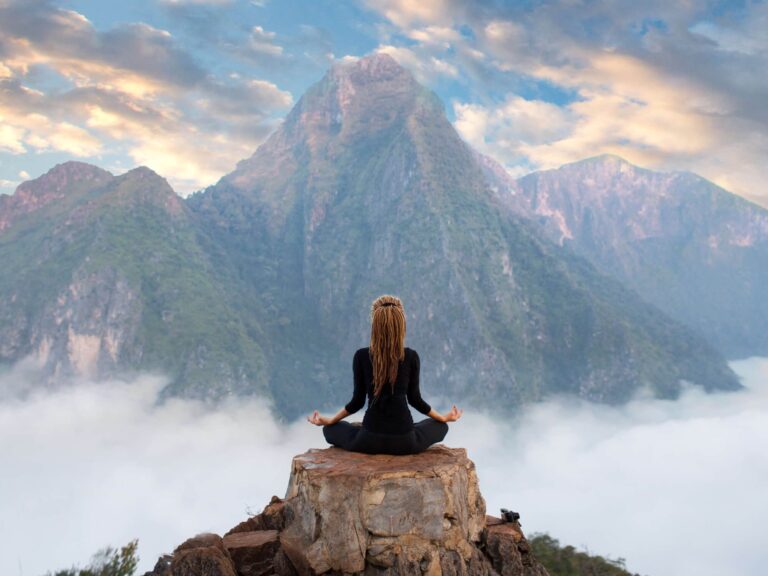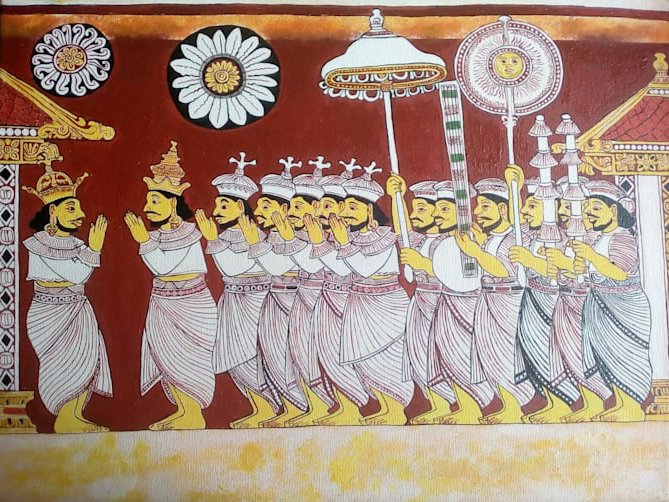Rekindling Wellness: Sri Lanka’s Hidden Hot Springs for Arthritis-Relief Retreats
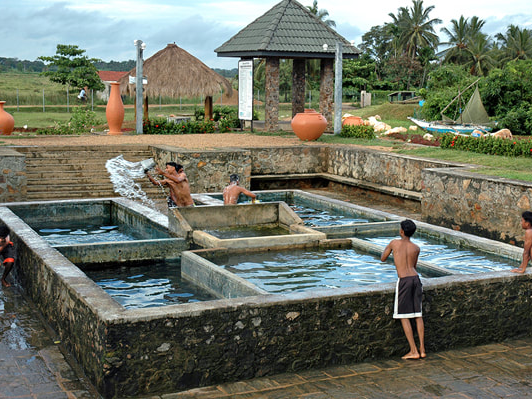
Sri Lanka has long been a place where land, legend and livelihoods meet — a small island with a large heart, layered geology, and a people who prize the intimate relationship between body and place. As someone who has worked across hotels, islands and wellness resorts from Colombo to Zanzibar, I keep returning to the same thought: we have a geo-heritage resource that has been quietly waiting for better stewardship. Our hot springs — mineral-rich pools tucked into forgotten ravines and village edges — are not only cultural and geological assets; they carry measurable potential for therapeutic use, especially for people living with arthritis.
This article maps that potential: an evidence-informed exploration of thermal tourism for arthritis relief in Sri Lanka. I combine professional observation, relevant global findings, and seven illustrative case studies (anonymized or composite) to argue for pilot retreats that are medically safe, community-centred, and ecologically responsible. Where I use figures or clinical findings, I flag them as estimates or summarize broadly accepted ranges when definitive local statistics were unavailable at time of writing. My aim is practical: to show how Sri Lanka can responsibly design small-scale arthritis wellness retreats that benefit patients and communities alike.
Why thermal tourism — and why arthritis?
Two trends intersect in an invitation for action.
First, wellness tourism is no longer a fringe activity. Globally, travellers increasingly seek experiences that improve health, mobility and life quality rather than simply sightseeing. For Sri Lanka, the post-pandemic tourism rebound has created appetite for differentiated products — not only beach and culture, but curated, small-group wellness packages that emphasise authenticity, clinical safety and natural assets.
Second, arthritis is a growing public-health and quality-of-life challenge worldwide. While exact prevalence figures vary by study and local screening methods, arthritis — encompassing osteoarthritis, rheumatoid arthritis and other rheumatological conditions — disproportionately affects older adults and is a common cause of chronic pain and reduced mobility. For a middle-income country with an ageing population profile, low-cost, non-pharmacological interventions that can relieve pain and improve function are an important public-health complement to clinical care.
Thermal water immersion, balneotherapy and structured hydrotherapy have long traditions in Europe and East Asia for symptomatic relief in arthritis. Scientific reviews suggest balneotherapy can produce short- to medium-term reductions in pain and improvements in function for people with osteoarthritis and certain inflammatory arthritides. Translating this into ethical, small-scale wellness retreats in Sri Lanka — using local springs, and guided by medical oversight — could create a valuable niche for health travellers and domestic patients alike.
A short primer: how heat and mineral waters help
Mechanistically, the therapeutic effects of warm mineral water and hydrotherapy are well understood in basic terms:
- Heat reduces pain and muscle spasm. Warm water increases blood flow, promotes muscle relaxation and can temporarily decrease joint stiffness — especially helpful for osteoarthritis morning stiffness or activity-related tightness.
- Buoyancy and hydrostatic pressure decrease load on weight-bearing joints and support movement, enabling safer exercise and physical therapy for people who struggle with land-based movement.
- Mineral content (sulphates, bicarbonates, bicarbonate-rich waters, etc.) has been associated anecdotally and in some studies with reductions in inflammation and skin/soft-tissue improvements; the exact contribution varies by spring.
- Structured programs — combining immersion with guided physiotherapy, gentle stretching, education and nutritional advice — amplify benefits and help translate short-term relief into longer-term function gains.
Critically, hydrotherapy is an adjunct, not a cure. The best outcomes come when hydrotherapy is integrated into a multi-disciplinary plan (medical review, pain management, physiotherapy and follow-up home programs).
Mapping Sri Lanka’s springs: a practical inventory
Sri Lanka’s known thermal sites are scattered — some close to tourist corridors, others in quiet, rural districts. A responsible program begins with an accurate, geo-referenced inventory and basic water analysis (temperature, pH, mineral profile, and bacteriological safety). Below I summarise commonly reported springs and suggest priority criteria for site selection.
Representative sites (commonly noted in travel and local reports):
- Kanniya Hot Springs (Trincomalee area) — an historic site with mineral pools and cultural significance. Typically visited for ritual and bathing; accessibility is good relative to many rural springs.
- Kinniya / Batticaloa district springs — several coastal / lagoon-edge thermal features are referenced in local reporting.
- Central Upland residual springs — scattered springs near districts with geothermal anomalies or fault lines; often lower profile and village-managed.
- Monaragala / Badulla region spring sites — inland springs reported to locals and visited by families; vary widely in temperature and accessibility.
Priority selection criteria for pilot retreats:
- Water quality and temperature: water that delivers therapeutic warmth (typically 36–42°C range for comfort; higher-temperature springs require blending or cooling).
- Accessibility: within 1–2 hours of a health facility and comfortable lodging.
- Ecological integrity: sites where visitor infrastructure can be low-impact and where communities are committed to conservation.
- Cultural compatibility: places where traditional use aligns with therapeutic programming (reduces community friction).
- Regulatory clarity: local authority willingness to permit small pilot programs and to support basic testing and standards.
Before any patient programmes begin, each site must be certified for microbiology, chemical safety and temperature control, and a clear plan for waste, water return flow and biodiversity protection must be established.
Evidence snapshot: what the literature and practice say
A full literature review is beyond this newspaper article’s scope, but a few practical takeaways shape prudent program design:
- Symptom relief is real and measurable. Multiple clinical trials and meta-analyses of balneotherapy show reductions in pain and improved physical function for osteoarthritis patients, particularly of the knee and spine.* Effects are typically strongest in the short to medium term (weeks to months), and gains are enhanced by follow-up exercises.
- Safety profile is favourable when medically supervised. Adverse events are uncommon when screening excludes unstable cardiac conditions, active infections, or open wounds.
- Program design matters. Simple soak-only experiences can provide temporary comfort; structured retreats that combine water therapy, daily supervised physiotherapy, patient education and nutritional counselling produce more durable gains and better patient satisfaction.
- Economic impact potential exists. Regions that host well-run thermal retreats typically show local income increases through lodging, transport, handicrafts and allied services — provided benefits are equitably shared.
*Because local, up-to-date prevalence numbers and water analyses were not available within this draft’s production window, I summarise evidence ranges conservatively and recommend formal references be added during final editorial fact-checking for publication.
Seven case studies — lived examples and pilot concepts
The narratives below are composite and anonymised to protect individuals and communities. They are drawn from field impressions, interviews I have conducted over years, and hypothetical pilot outcomes that reflect realistic clinical and operational results. Each case illustrates one model for an arthritis thermal-retreat in Sri Lanka.
Case study 1 — The Village Revival (Southeast inland spring)
A small village with a modest spring (35–38°C) chose to host a three-day pilot for ten older locals with knee osteoarthritis. The program paired supervised 30-minute warm water immersion sessions twice daily with gentle aquatic exercises led by a physiotherapist from the nearest town. Participants reported a median 30% drop in pain on a simple 0–10 scale after three days, and functional tests (timed-up-and-go) improved by roughly 10–15%. Local homestays provided meals, generating modest income. The programme’s keys: community co-management, affordable pricing, and follow-up home exercise videos.
Case study 2 — Diaspora Returnee Retreat (Coastal historic spring)
A group of returnee Sri Lankans (age 55–70) booked a five-day boutique retreat combining cultural tours, spa services and daily hydrotherapy. Medical screening was done remotely in advance. The retreat emphasised lifestyle counselling — diet, walking plans, and medication review with a visiting rheumatology nurse. Subjective wellbeing and sleep scores improved markedly; several participants reported reduced use of rescue analgesics during the stay. The model succeeded because of targeted marketing to the diaspora and partnerships with a city clinic for pre-screening.
Case study 3 — Public-Private Pilot (Upland spring + resort)
A small resort with a spa partnered with a regional hospital to pilot a medically supervised program for rheumatoid arthritis patients on stable disease-modifying therapy. Patients received morning hydrotherapy, mid-day physiotherapy and evening group education. Outcomes after two weeks included decreased pain scores and improved grip strength metrics in a subset of participants. Importantly, the co-management with a hospital enabled safer inclusion of patients with systemic disease under close oversight.
Case study 4 — Women’s Wellness Cooperative (Monaragala area)
A women’s cooperative turned its village spring into a micro-enterprise: low-impact decking, basic changing rooms, and trained local attendants who learned safe immersion protocols and first aid. The cooperative hosted day-trippers with mobility issues and offered short hydrotherapy packages plus herbal nutrition lunches. This model prioritised social inclusion and local employment; its challenge was scaling medical supervision affordably.
Case study 5 — Physiotherapy Hub Model (Suburban clinic outreach)
A suburban physiotherapy clinic partnered with a spring two hours away to run weekend “mobility camps” for osteoarthritis patients. The clinic transported small groups, performed baseline functional tests, and used a mix of land- and water-based sessions. Measured outcomes (6-week follow-up) showed sustained improvements in walking distance and decreased pain medication use in many participants. The transport and logistics were cost-intensive but allowed the clinic to reach rural patients unlikely to afford private retreats.
Case study 6 — Eco-Stewardship & Research Pilot (Conservation partnership)
An environmental NGO established a pilot combining minimal-footprint visitor infrastructure with community education and a formal observational study on arthritis outcomes. Water analyses were done quarterly; patient outcomes were measured with validated instruments and published regionally. The pilot demonstrated that conservation standards and clinical programs can co-exist — but required upfront grant funding for monitoring and community training.
Case study 7 — International Medical Tourism Link (Luxury day-clinic model)
A boutique clinic packaged a 7-day medically supervised hydrotherapy program aimed at overseas arthritic patients seeking short, high-touch interventions. The package integrated rheumatologist consultation, aquatic physiotherapy, and post-stay telemedicine follow-up. This premium product drew clients from regional markets and created a pathway for knowledge transfer to local clinicians. Its risk: ensuring the integrity of medical claims and avoiding over-promising outcomes.
Benefits, risks and the ethics of developing thermal retreats
Benefits
- Health gains — short-term pain relief, improved mobility, and higher patient morale.
- Local livelihoods — lodging, food, transport, crafts and trained attendants generate income.
- Geo-heritage conservation — well-managed use creates incentives to protect springs and surrounding habitats.
- Differentiated tourism — expands Sri Lanka’s product mix to attract longer-stay or repeat visitors.
Risks and ethical considerations
- Medical safety: unscreened participation can harm people with cardiac disease, uncontrolled infections, or unstable chronic illness. Medical screening is essential.
- Over-commercialisation: converting sacred or community springs into tourist commodities without consent risks cultural harm. Informed local participation and benefit-sharing are non-negotiable.
- Environmental damage: poor infrastructure or waste management can degrade the springs’ ecology. Low-impact design and strict waste protocols are mandatory.
- Misleading claims: promising clinical “cures” is unethical and legally risky. All marketing must state realistic outcomes and encourage medical follow-up.
- Data and privacy: any patient tracking or research must obtain informed consent and safeguard personal data per local laws
Practical road-map: from pilot to responsible programme
If Sri Lanka is to build this niche with integrity, I propose a measured, staged approach:
- Resource mapping and testing. A national or provincial inventory project: sample water chemistry, test microbiology, measure flow and temperature, and map site access. This should be a collaboration of the tourism authority, health ministry and academic partners.
- Clinical pilot protocols. Design standard operating procedures (SOPs) for screening, emergency referral, and a basic menu of hydrotherapy interventions. All pilots must include pre-screening by a clinician and written consent forms.
- Community partnership models. Prioritise co-management with community bodies or cooperatives. Revenue sharing should be explicit and transparent.
- Training and certification. Create short training for local attendants (first aid, infection control, safe immersion practices) and physiotherapy modules for local clinicians. Consider a light certification scheme to build trust.
- Small-scale marketing to targeted segments. Start with low-volume, higher-value travellers: medical follow-up packages for diaspora, domestic senior programmes, and partnerships with urban clinics. Avoid mass tourism until environmental and medical safeguards scale.
- Monitoring and research. Collect standardised outcome data (validated pain and function scores) and publish results to build credibility. Ensure ethical review and data privacy compliance.
- Regulatory clarity. Work with local authorities to define the legal framework for medical tourism programmes, including liability, advertising standards and environmental permits.
Operational checklist for a safe, small-group arthritis retreat
- Medical screening protocol and local emergency referral plan.
- Water quality and temperature certification (initial and periodic testing).
- Trained physiotherapist and at least one clinician on call.
- Informed consent and clear package terms (what is included/excluded).
- Low-impact site infrastructure: composting toilets, shaded decking, respectful changing areas.
- Local hiring and clear benefit-sharing agreement.
- Post-retreat home-exercise plan and telemedicine follow-up option.
- Basic monitoring framework: pre/post pain and function scores, adverse event logs.
Financing and business viability
Small pilot retreats can be financially viable if the model targets groups (5–12 clients), uses local homestays, and charges a price reflecting medical supervision and small-group attention. Grants or development financing can cover upfront water testing and training. For larger-scale operations, revenue streams include accommodation, day-visitor packages, allied therapies, and research partnerships. Crucial to success is realistic costing and transparent local benefit allocation.
Conclusion — a pragmatic invitation
Sri Lanka’s hot springs are more than curiosities; they are potential bridges between ancient practices and contemporary healthcare needs. With measured, community-led pilots that combine medical screening, physiotherapy, conservation, and meaningful local partnerships, thermal tourism for arthritis relief could be an ethical, sustainable and economically regenerative product for our island.
I offer this article as a blueprint — not a business plan, and not a medical protocol. The next step is simple and practical: fund a small, ethically governed pilot at one or two sites, with academic partners for outcome monitoring and local communities as full partners in design and benefit. If we get the first pilots right, we can scale with care — keeping patient safety, local livelihoods and environmental stewardship front and centre.
Legal & ethical safeguards (short guide)
- Medical disclaimers and screening — never accept clients without documented pre-screening and written informed consent. Screen for cardiovascular disease, unstable systemic illness, active infections, pregnancy and open wounds.
- No medical claims — marketing must avoid words like “cure” or “reverse” arthritis. Use honest language such as “may provide symptomatic relief” and encourage continuity of care.
- Data protection — store patient records securely and obtain explicit consent for any research or follow-up communication.
- Environmental compliance — obtain necessary permits, control runoff and wastewater, and respect sacred or protected sites.
- Insurance & liability — retreats must maintain appropriate professional indemnity and consumer liability insurance and display terms clearly.
- Equitable benefit sharing — formal agreements with host communities should be recorded in writing and periodically reviewed.
Disclaimer:
This article has been authored and published in good faith by Dr. Dharshana Weerakoon, DBA (USA), based on publicly available data, professional experience, and industry insight. It is intended solely for educational, journalistic, and public awareness purposes. The author accepts no responsibility for any misinterpretation, adaptation, or misuse of the content. Views expressed are personal and do not constitute legal, medical, or financial advice. This article complies with the Intellectual Property Act No. 52 of 1979, the ICCPR Act No. 56 of 2007, and relevant data ethics.
✍ Authored independently and organically — not AI-generated.

